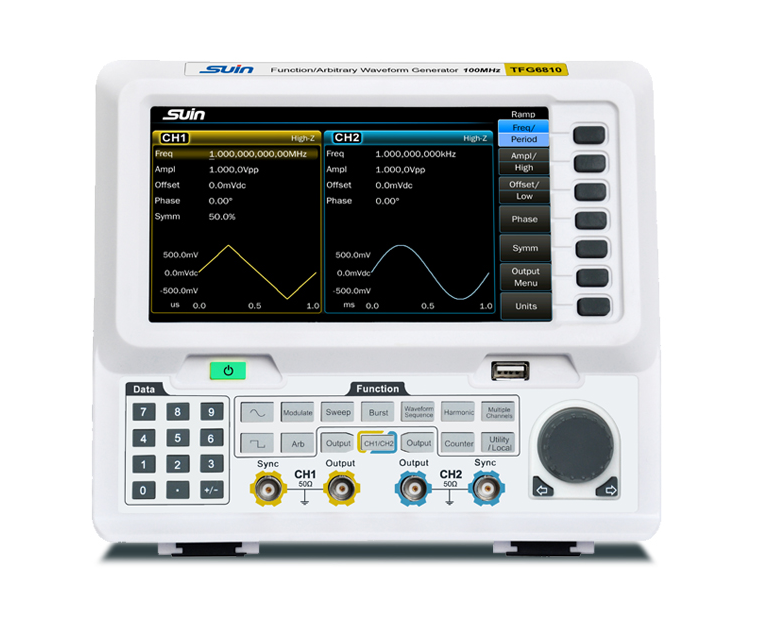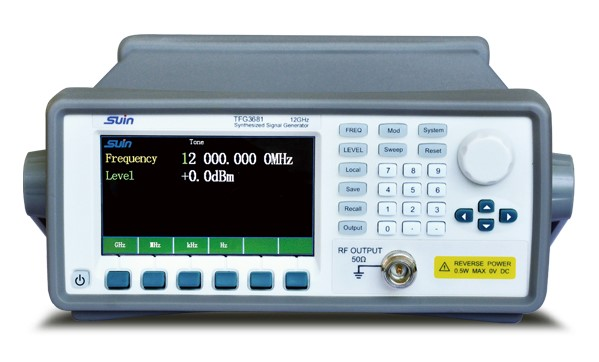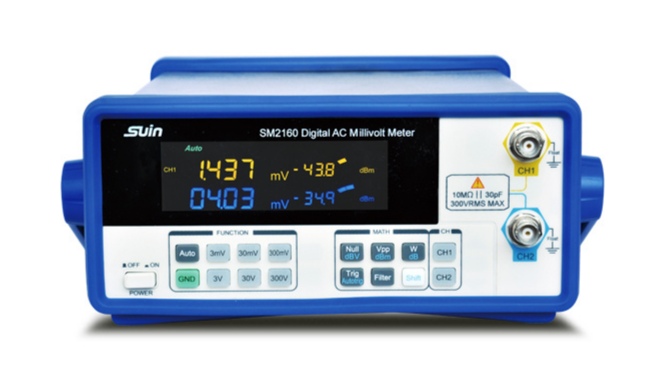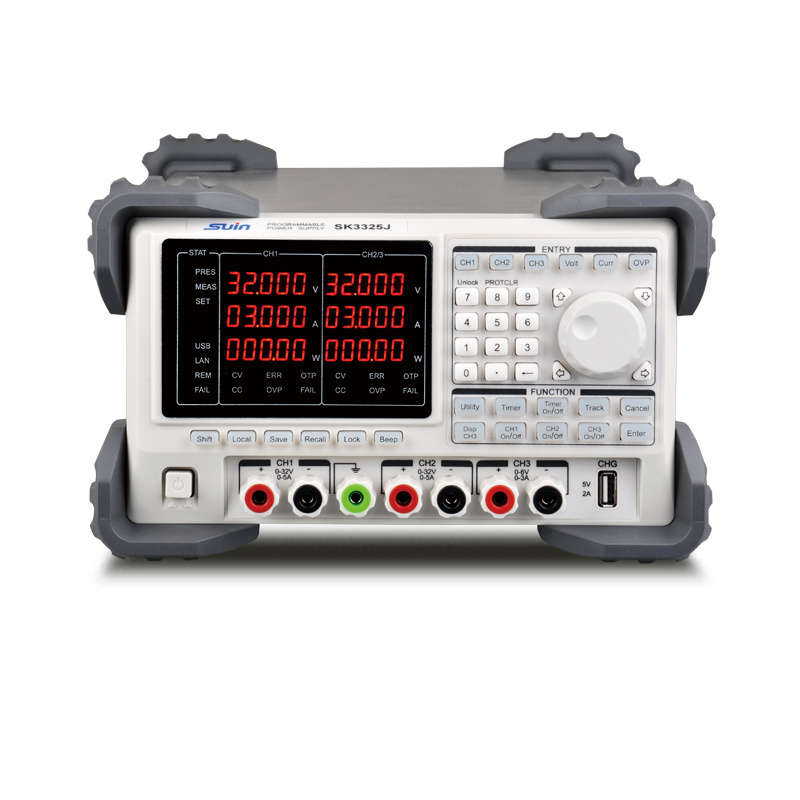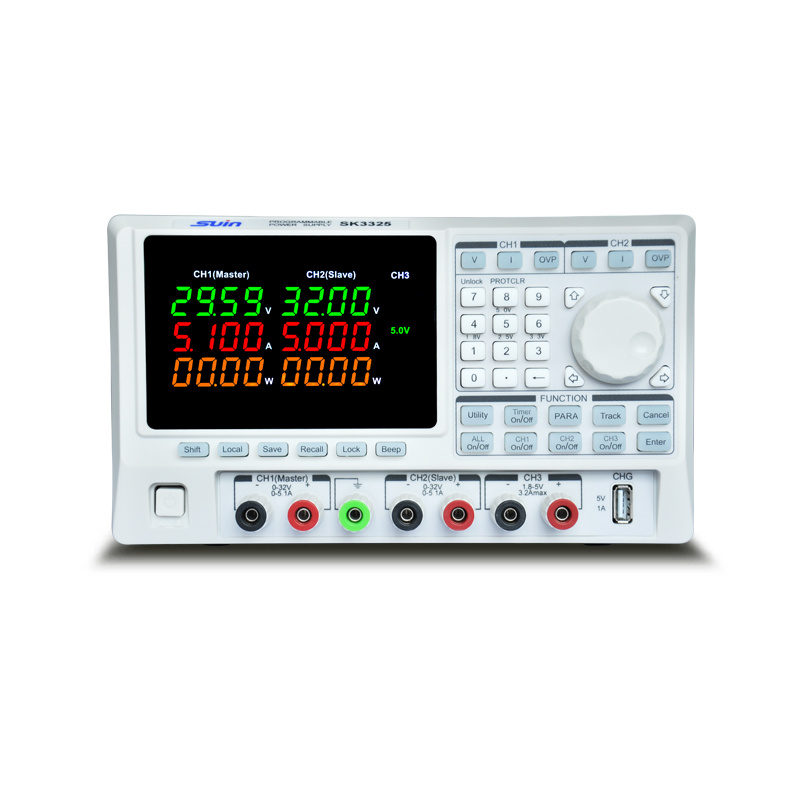Logic Analyzer is an instrument to collect and show digital signal from the tested device by using clock, and its main function is time sequence judging. Differently from oscilloscope having many voltage grades, logic analyzer usually only displays two voltage (Logic 1 and 0). After reference voltage is set, it will judge the signal by comparator, that higher than reference voltage is judged to High, that lower than reference voltage is judged to Low, then show the waveform by point depiction method.
It has some key parameters: sample rate, input channels, memory depth, trigger and other advanced analysis function. Here we'll introduce these parameters through Suin SA8320 Logic Analyzer.
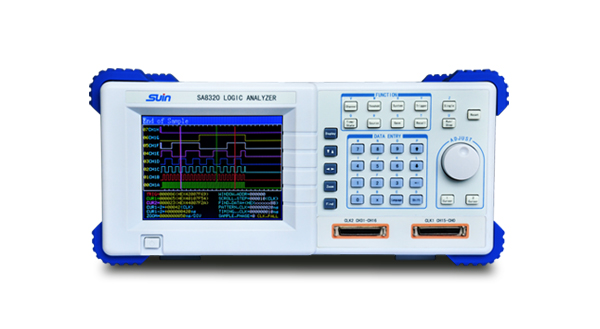
Sample rate
Sample rate is the numbers of collected signal per minute. In order to get higher accuracy, logic analyzer’s sample rate should be at least 5 times of tested signal frequency. Suin SA8320 sample rate is 1Hz-100MHz. You can choose it according to your tested signal frequency.
Input channels
Enough channels is necessary due to the many tested signal channels. Suin SA8320 has 32 data sampling channels and 2 external clock channels, which can meet most of laboratory requirement.
Memory depth
The collected high voltage and low voltage signal should be stored in a memory. If sample rate is very high, but the memory depth is not large enough, that is meaningless either. It means the max points stored in the logic analyzer. Suin SA8320 memory depth is 256K bytes per channels.
Trigger
Once logic analyzer is powered on, it will test the input signals in time and compare it with the trigger conditions, and start to record the signal when it is same with the trigger conditions. Suin SA8320 has 32 bits trigger level, and 32 bits trigger comparand.
